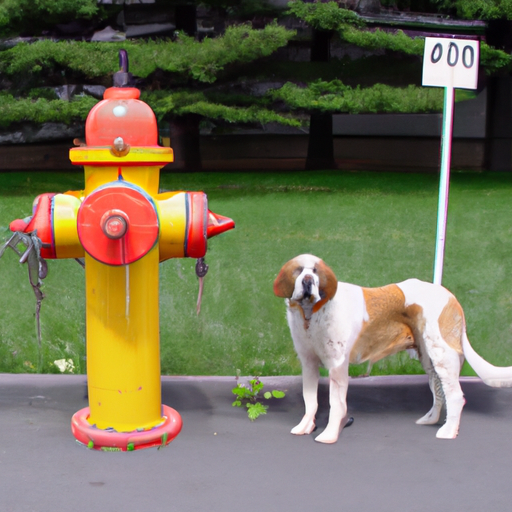“`markdown
How Big Can Dogs Get?
Introduction
You are a caregiver, a nurturer, someone who adores the canine companions that share our lives and our homes. You understand that each dog is unique, with their own personality, quirks, and – yes – size. But have you ever wondered, just how big can dogs get?
Understanding Dog Sizes
As a caring dog owner, you know that size matters when it comes to caring for your four-legged friend. The size of a dog can impact everything from the type of diet they need to the amount of exercise they require.
Small dogs, often referred to as toy breeds, typically weigh less than 10 pounds. Some examples include:
- Chihuahuas
- Pomeranians
- Yorkshire Terriers
Medium dogs generally weigh between 20 and 60 pounds. Breeds in this category encompass:
- Beagles
- Border Collies
- Bulldogs
Large dogs often weigh between 70 and 100 pounds. These include breeds such as:
- Boxers
- Golden Retrievers
- Labradors
Giant dogs are the largest of the breeds, often weighing over 100 pounds. Some of the giant breeds include:
- Great Danes
- Saint Bernards
- Mastiffs
How Big Can Dogs Get?
To give you an idea of just how big dogs can get, let’s look at some of the largest breeds in more detail.
Great Danes
Great Danes are often considered the largest dog breed. Adult males can stand up to 32 inches tall at the shoulder and weigh anywhere from 140 to 175 pounds. However, the largest Great Dane on record, Zeus, stood a whopping 44 inches tall!
Saint Bernards
Saint Bernards are another giant breed. They usually weigh between 140 and 180 pounds and stand about 28 inches tall. But the biggest Saint Bernard on record, Benedictine, weighed an incredible 357 pounds!
Mastiffs
Mastiffs are massive, with adult males often weighing between 160 and 230 pounds and standing about 30 inches tall. The heaviest Mastiff – and dog – on record was an English Mastiff named Aicama Zorba, who weighed a staggering 343 pounds and measured over 8 feet from nose to tail!
Factors Affecting Dog Size
There are several factors that can influence the size of a dog:
- Genetics: This is by far the largest determinant of a dog’s size. The breed of a dog will dictate its general size range.
- Diet: Just like humans, dogs that eat a healthy, balanced diet are likely to grow to their full potential.
- Health: Medical conditions can impact a dog’s growth and size. Regular check-ups with your vet will ensure your dog is growing as they should.
FAQ
Q: What is the biggest dog breed?
A: The Great Dane is often considered the biggest dog breed.
Q: How can I estimate how big my puppy will get?
A: The best way is to look at both parents’ size. A vet can also provide a professional estimate.
Q: Does neutering or spaying affect my dog’s size?
A: This is a myth. Neutering or spaying does not affect a dog’s final size.
Remember, no matter how big your dog gets, every dog deserves a life filled with love, happiness, and plenty of belly rubs!
“`



